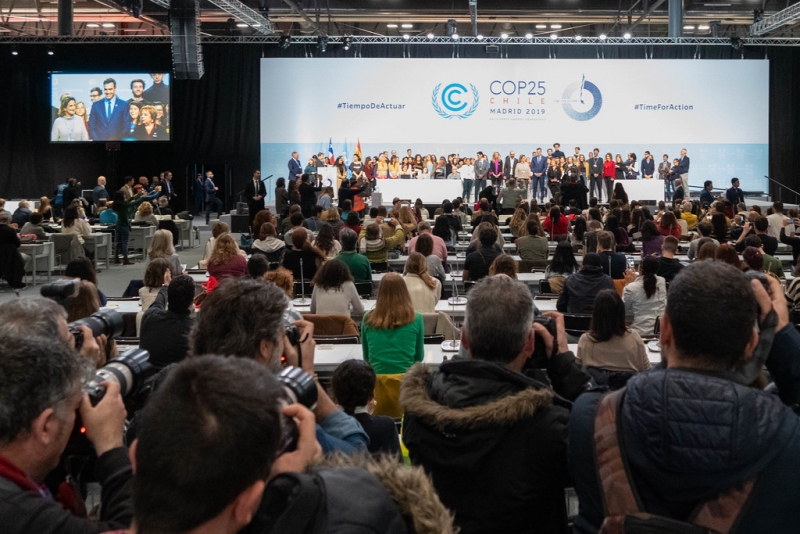In early December, delegates from around the world convened in Madrid for the 25th Conference of the Parties to the UNFCCC (COP 25). They celebrated the 2nd meeting of the parties to the Paris Agreement, aiming to complete the Paris Agreement rulebook. As the parties struggled and ultimately failed to come to a decision regarding global carbon markets, the goal of limiting global warming to 2 degrees appears increasingly unlikely, and the prospect of climate engineering (CE), once an abstract debate, inches closer to becoming a reality.
It is becoming more widely accepted among the scientific community and the general public that some form of CE will be a necessary part of whatever climate mitigation strategy the world embraces. In the December issue of ELR—The Environmental Law Reporter, Neil Craik and Wil Burns examine current provisions, institutions, and mechanisms of the Paris Agreement to determine how they could be used in future legal and governance decisions about CE.

Climate engineering as it exists today largely falls under two categories: carbon dioxide removal and solar climate engineering. Each differs substantially in substance, impacts, and risks, and would entail distinct obligations and governance approaches. The former aims to remove CO2 from the atmosphere through processes such as biomass energy with carbon capture and storage (BECCS) or direct air capture. Because of its potential to be rolled out in developing countries not responsible for the largest portion of historical carbon emissions, the authors write, there would likely be a need for substantial incentives, capacity-building initiatives, and technology transfer. Under the Paris Agreement it could be governed at a national level, while requiring an intermediary such as the UNFCCC to ensure that these concerns were addressed.
Solar climate engineering, on the other hand, is intended to reduce temperatures through tactics such as emitting highly reflective aerosols in the atmosphere to reflect the sun’s rays or seeding clouds with seawater droplets. These tactics are relatively inexpensive but more uncertain and risky. Its effects are non-uniform and it ultimately would have to be used for extended periods of time together with substantial declines in emissions to be effective in the long run. The authors conclude that it is less suited to governance through the Paris Agreement, but some of the Agreement’s procedural mechanisms to ensure transparency and public deliberation could enhance effective oversight.
The testing and prioritization of any given approach presents substantial moral, behavioral, and environmental questions, and the Article illuminates the need to begin devising legal and cooperative mechanisms to manage how this task is carried out. As of now, the Paris Agreement does not explicitly address any obligations or make any normative statements about CE, but the emphasis of its institutions and mechanisms on capacity-building, transparency, and public consultation create a framework through which parties could engage in future deliberations on implementing CE strategies.
Craik and Burns also highlight future areas of debate and questioning for the COP, as there will soon be a need to devise common accounting systems for GHG removal, to frame debates over the implications and trade-offs of different technologies, and to develop mechanisms to facilitate technology transfer and market incentives. The cost of implementing CE approaches will likely be borne by specific parties, but the impacts will be felt throughout the atmosphere and thus affect us all. It is only appropriate that the world cooperate to decide how it happens.
ELI is making this featured Environmental Law Reporter article available free for download. To access all that ELR has to offer, including its archive, you must have a subscription.
To learn more, visit www.elr.info.
